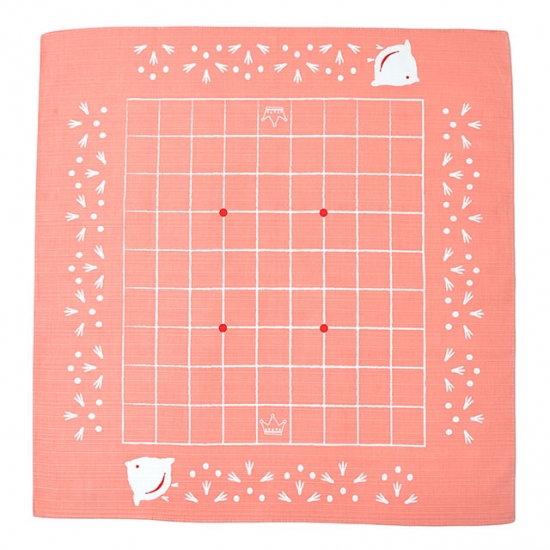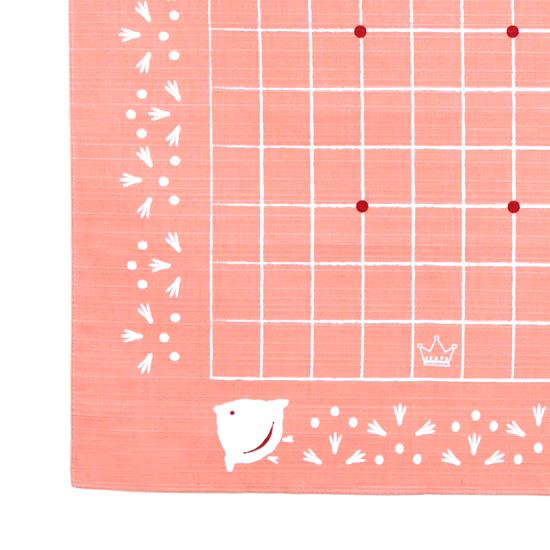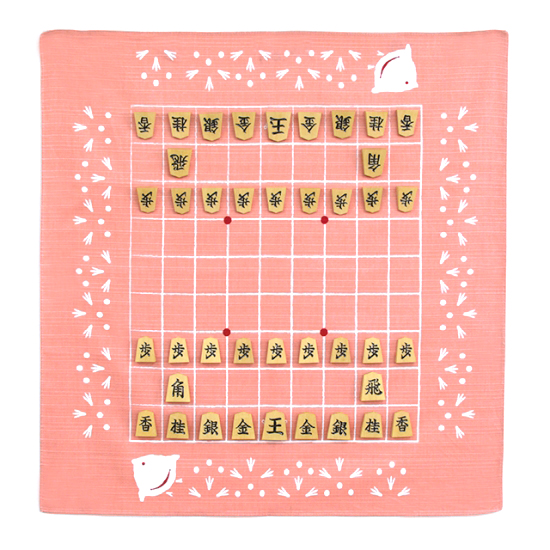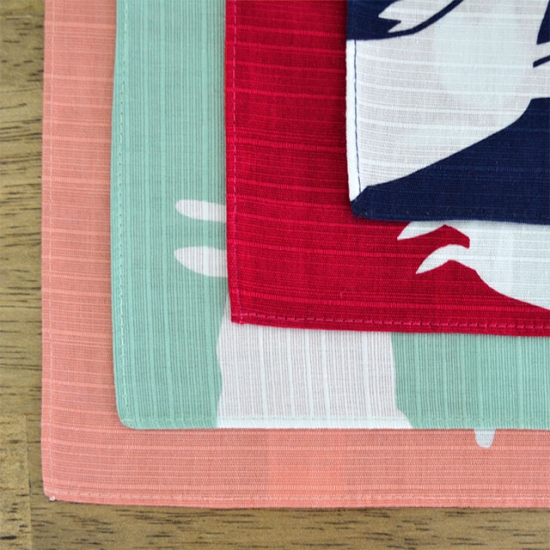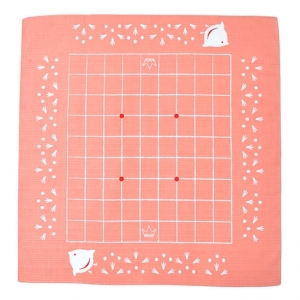Tools
Shogi General Goods Dokotama (Shogi board printed on Furoshiki, a traditional Japanese wrapping cloth): Chidori Gin
2,981 (JPY)
Product Description
Shogi Board to Foster heart to Care about Equipment
If you use high quality equipment and take good care of it, you could appreciate a strong appealing quality that Shogi possess. Today, you are living in mass production and mass consumption society. Now more than ever, we, i-tsu-tsu, regards our mission as providing children opportunities in which they can enjoy Shogi that is a part of authentic traditional Japanese culture. We have produced Shogi board made of fabric that artisans put a lot of work into making. Each product was dyed carefully by traditional techniques. The more you use, the softer the fabric becomes, adding unique texture. Using such special products, children would get to love their things and taking care of them. Our ancestors have passed down Shogi as one of traditional Japanese culture since Heian era. This product contains the hope that children would do the same as our ancestors.
Dyeing Techniques Passed Down from Muromachi Era
There are several dyeing methods in Japan. We employed one of them, which is named Shirushi-zome (印染). This method is mainly used in printing images or marks on flags, shop curtains, Japanese Happi coats, or Japanese hand towels. Products made by this method is characterized by cleary printed design that can be easily distinguished from others. This product is made by the technique of Nassen (捺染) which is a kind of Shirushi-zome. Most of the products made by this technique are characterized as something to be handed down for generations.
Both Shogi and Shirushi-zome are things to be handed down for generations. We do hope that our products with combination of these two will create a new history.
* Process of Making Our Produces
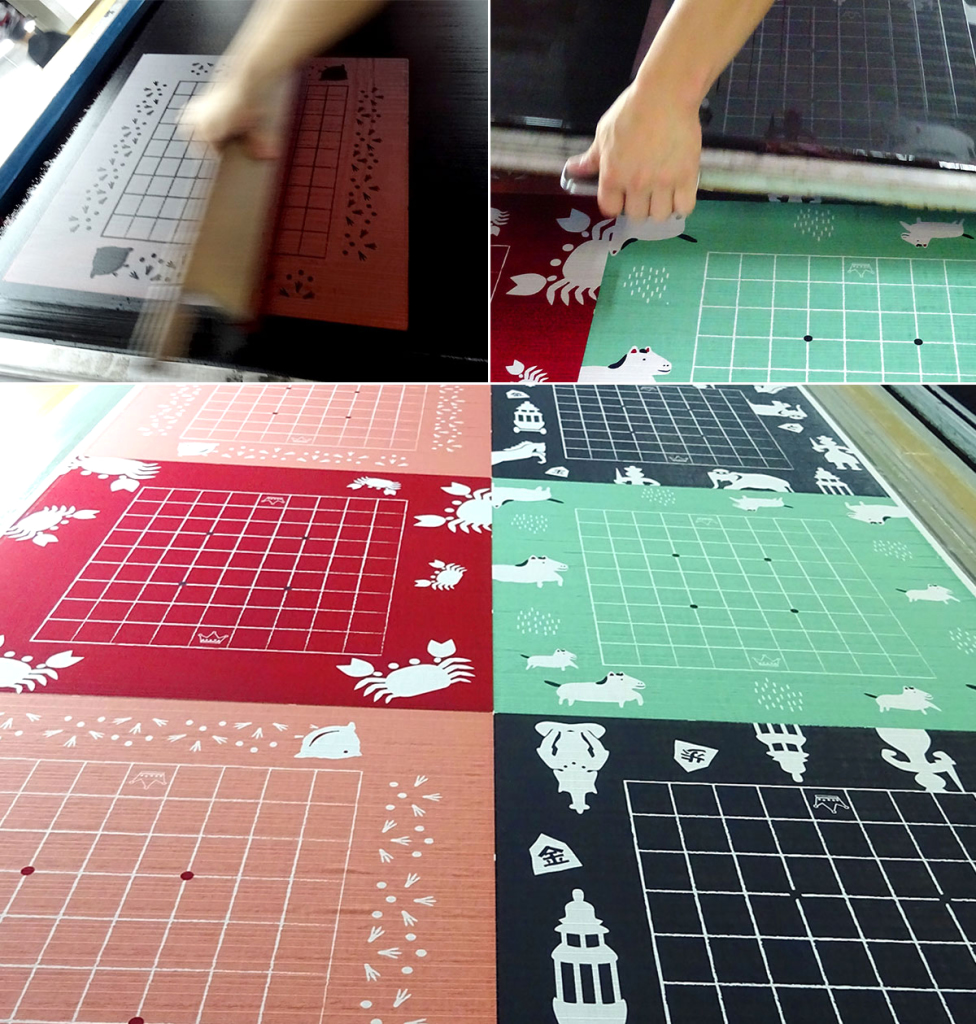
Pictures show the process of making our fabric Shogi board, Dokotama.
The process follows these steps:
1: Create data of designs set a framework of those designes on a cloth, and then apply glue on it.
Dye is dissolved in the glue. Designs are dyed one after the other with a squeegee like paddle.
2: Dry the dyed cloth, steam it to fix dye, wash away unnecessary dye with water, and dry it.
3: Cut the dried cloth, and sew each piece carefully.
Supervised by a Mother, a Ladies Professional Shogi Player, and Reflecting Traditions and Playful Mind
Dokotama is supervised by Ms. Akiko Nakakura, a mother of three children and a ladies professional Shogi player. Designs printed on a heart-warming cloth dyed by Japanese artisans come from the combinations of Shogi and luck charms. Praying for children’s happiness and health, they are full of Mother’s love.
Also, Dokotama is very light and handy. While a mother is busy in doing household chores, children may play a Shogi game with a father. Or, children can bring it to their grandparents to play a game together. This product could play a role as a good communication tool as well.
Chidori Gin

There is a Shogi proverb in Japanese, Gin ha Chidori ni tsukae, Use Gin (Silver) like a plover. In Japanese, the word Chidori, or a plover, is used to express the unsteady steps made by a drunk. The expression in this proverb is also about the zigzag moves. It says that like drunks’ moves, you should move Gin (Silver) diagonally forward to the right and the left.
Moreover, in Japan, plovers are considered as a symbol of good marital relations and the safety of families, because plovers fly in groups near water as if they surmounted rough waves.
Why don’t you keep Chidori close to you and attract a win in a Shogi game.
Carefully Selected Colour; Koubai-iro (Light Pink)
Japanese word Koubai-iro means a colour of light pink which reminds us the arrival of spring. In Japanese, plum flowers are sometimes called Harutugekusa which meas the flowers herald the arrival of spring. The colour contains a wish for the best of luck in children’s future.

Can Be Used as Wrapping Cloth

This fabric Shogi board can be used as a wrapping cloth. In Japanese wrapping cloths are called Furoshiki that represents modest Japanese culture like Shogi. You may take a Shogi piece box to grandparents’ houses or somewhere travel destinations wrapping it with this cloth. We created the Japanese name of this product, Dokotama, by combining two Japanese words, Dokodemo (anywhere) and Tamani (sometimes). We hope children use Dokotama as a Shogi board anywhere and as a wrapping cloth sometimes. We do hope children get to appreciate authentic Japanese culture while using Dokotama.
Spec
| Size | 50cm x 50cm |
|---|---|
| Material | 100% cotton |
| Dye | Hand dyed in Kyoto No two handmade products are exactly alike. We would appreciate if you could enjoy variations in texture. |
